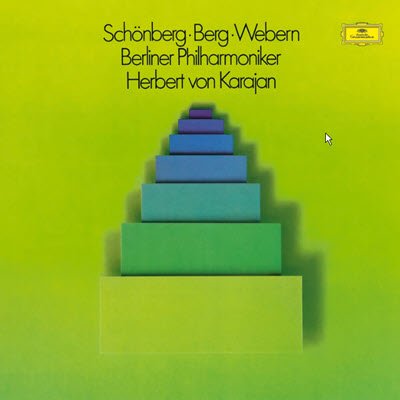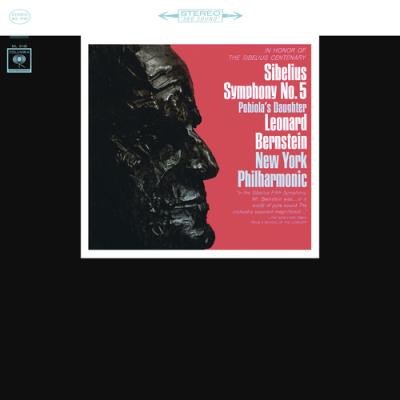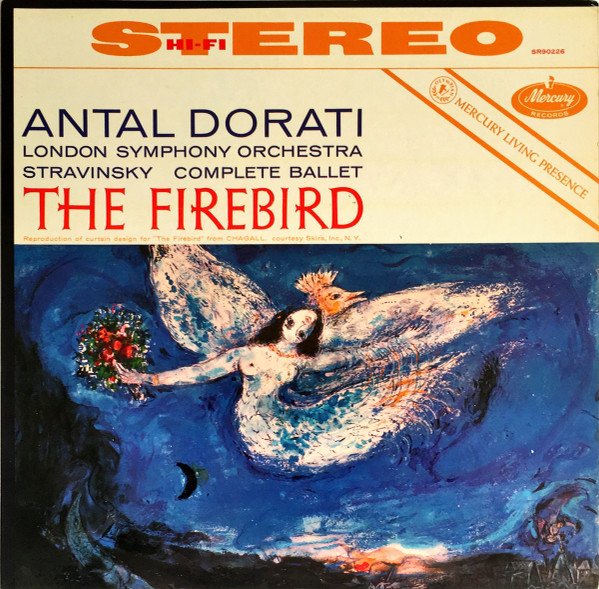We have threads on Violin and Piano music videos, and a thread on Videos - oomph, tympani, menace, power .
Here is a thread for posting system videos of orchestral music that does not fall into one of the above categories. There's plenty of it.
Please post self-recorded Audio System videos. Catalog numbers are really helpful.
I will start with something a bit different -- at least for me.
Here is composer Arnold Schoenberg's Verklärte Nacht -- about 13 minutes out of the middle of a ~29 minute recording. It is performed by Herbert von Karajan and the Berlin Philharmonic from the Deutsche Grammaphon 'The Original Source Series' issuance of 4 LPs in a slip case.
The TOSS 4-LP slipcase set includes a second LP of Schoenberg music and one record each from his disciples Alban Berg and Anton Webern. The set gives a sense of Schoenberg's musical development. These three Austrian guys were members of what is known as The Second Viennese School. von Karajan recorded this music in 1973/74. DG wouldn't pay for it but HvK thought the world needed to have these composers for history and so he covered the expenses himself. The recording was made on tape and here is DG's reissue via Emile Berliner studios, an AAA set with nice art work.

The young Schoenberg started out writing tonal music not unlike the 19th C romantic composers before him. His Verklärte Nacht is an example in his own style. You can hear that he is on is way to something different. Over the following years he would invent Serialism, an approach to music that is different from the traditional melody and harmony of the recent (to him) composers such as Wagner and Mahler. Later I'll record some of that so you can hear the contrast.
Here is a thread for posting system videos of orchestral music that does not fall into one of the above categories. There's plenty of it.
Please post self-recorded Audio System videos. Catalog numbers are really helpful.
I will start with something a bit different -- at least for me.
Here is composer Arnold Schoenberg's Verklärte Nacht -- about 13 minutes out of the middle of a ~29 minute recording. It is performed by Herbert von Karajan and the Berlin Philharmonic from the Deutsche Grammaphon 'The Original Source Series' issuance of 4 LPs in a slip case.
The TOSS 4-LP slipcase set includes a second LP of Schoenberg music and one record each from his disciples Alban Berg and Anton Webern. The set gives a sense of Schoenberg's musical development. These three Austrian guys were members of what is known as The Second Viennese School. von Karajan recorded this music in 1973/74. DG wouldn't pay for it but HvK thought the world needed to have these composers for history and so he covered the expenses himself. The recording was made on tape and here is DG's reissue via Emile Berliner studios, an AAA set with nice art work.

The young Schoenberg started out writing tonal music not unlike the 19th C romantic composers before him. His Verklärte Nacht is an example in his own style. You can hear that he is on is way to something different. Over the following years he would invent Serialism, an approach to music that is different from the traditional melody and harmony of the recent (to him) composers such as Wagner and Mahler. Later I'll record some of that so you can hear the contrast.










